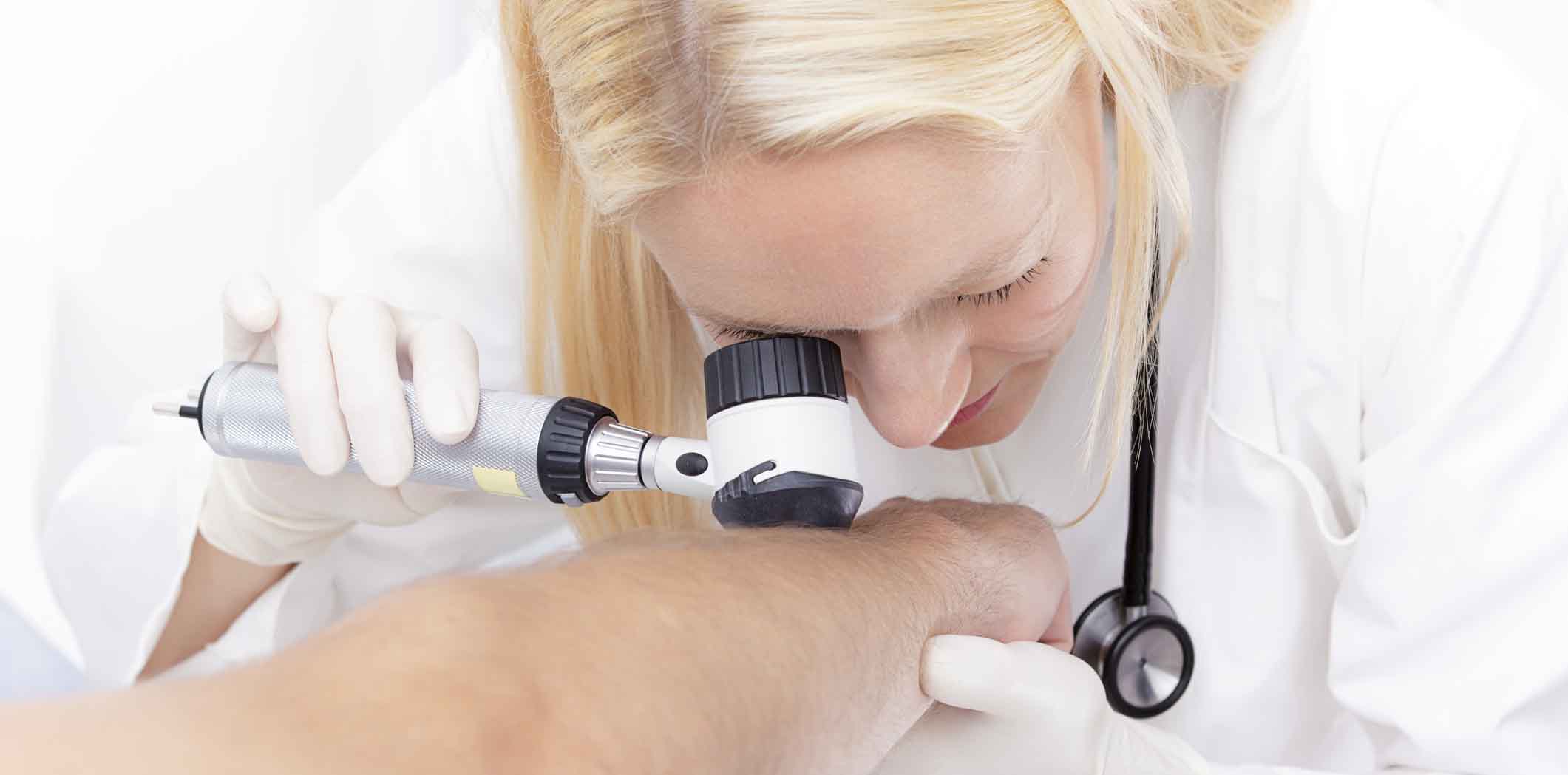Providing pathologists with clinical information along with the biopsy sample will go a long way to improving the accuracy of melanoma diagnosis
Providing pathologists with clinical information along with the biopsy sample will go a long way to improving the accuracy of melanoma diagnosis, experts say.
“The pathology report can only be as good as the clinical history and presentation and differential diagnosis provided,” Canadian dermatopathologist, Thomas Brenn, Professor of Pathology at the University of Calgary, says.
Speaking at the RCPA’s annual Pathology Update conference in Melbourne last week, Professor Brenn said GPs played a key role in the accurate diagnosis of melanocytic tumours by supplying pathologists with both a quality sample and detailed clinical information.
In addition to the patient’s age, the pathologist’s interpretation will be helped by knowledge of the lesion’s anatomical location, pre-excision size, and presenting features.
The level of clinical concern may also be an important factor to report to when ordering a test.
Professor Brenn said diagnosing melanocytic tumours could be complicated by the wide morphologic spectrum of melanocytic naevi and melanoma often showing overlapping features.
He also says, on the other side of the equation, reports back to the referring GP should include comprehensive and practical information. Along with melanoma subtype and thickness, it is also important to include the status of margins, the presence of any regression or ulceration and the anatomic level of invasion.
These details are needed not only for staging purposes but to help determine the most appropriate next stage in management such as the need for re-excision or a sentinel lymph node biopsy.
Unfortunately, there have been many incidences of GPs receiving pathology reports which are unclear or difficult to decipher.
Such reports often have GPs searching for a second opinion, which can delay appropriate management.
Pathology tests were regarded as a referral with a laboratory specialist and this is a two-way relationship, Professor Graeme Suthers, director of Genetics at Sonic Healthcare Australia, said.
“The requesting doctor needs to be clear regarding the question being asked of the lab and that then creates a clear obligation on the part of the lab to answer that question – or to indicate why it cannot be answered,” he said.
Professor Suthers also noted that the space for “clinical notes” was often blank on pathology request forms, which was not a good basis for a consultation.
“It is a bit like a letter that starts ‘Dear Dr’ and concludes ‘thank you for your assistance,’ with the middle of the letter being blank.”
“Pathologists cannot answer questions that have not been asked,” Professor Suthers said.


